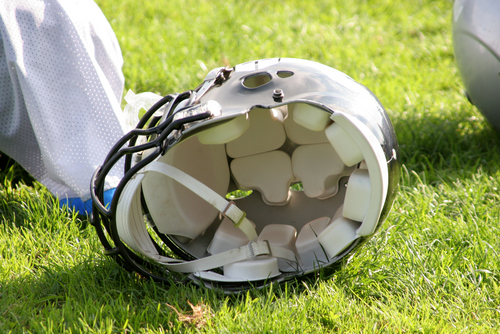The Reinsurance Association of America has released the underwriting results for a group of 19 U.S. property/casualty reinsurers for the first nine months of 2009. On the whole, the numbers look pretty good: Even though the group wrote $278 million less in net premiums compared to last year ($18.7 billion versus $19.0 billion), what they wrote was more profitable. The group’s combined expense and loss ratio was 95.1% this year, down from the profit-crushing 104.2% combined ratio reported for the same period of time in 2008.
(Combined ratio essentially is how much it costs to make a buck. If your combined ratio is below 100%, you are making money on underwriting. If it is over 100% – which happens a lot with insurers – then you are losing money, mostly because your claims are outstripping your premiums.)
Ultimately, the companies that posted the largest net incomes were:
- Swiss Reinsurance America Corporation ($582.9 million)
- Everest Reinsurance Company ($271.0 million)
- TRC/Putnam Reinsurance Company ($270.0 million)
- Odyssey America Re/Odyssey Reinsurance ($219.5 million)
Conversely, the companies posting the worst negative incomes were:
- National Indemnity Company (-$291.9 million)
- Munich Re America Corp. (-$56.9 million)
- American Agricultural Insurance Company (-$50.9 million)
- QBE Reinsurance Group (-$16.8 million)
On average the entire group did rather well, posting a total net income of $1.3 billion and a total policyholder’s surplus of $74.1 billion, up $2 billion from this time last year.
These numbers shouldn’t be all that surprising, though. According to Guy Carpenter back in April, P/C reinsurers had tightened their rates during the 4/1 renewal season, with national programs rising between 10% and 14% on a risk-adjusted basis. Regional pricing also played a factor; the Northeastern U.S., for example, only saw about a 6% to 8% increase. The price jumps merely extended a rising cost of reinsurance that had already begun by January 1.
Meanwhile, the industry has also had a fairly light catastrophe year. Natural and man-made catastrophes cost insurers about $24 billion this year, compared to the $50 billion they cost last year. While Europe had an above-average year for cat losses (especially natural catastrophes), the calm hurricane season in the U.S. more than balanced things out in favor of reinsurers. This leaves the market well capitalized for whatever 2010 has in store. Hopefully it will be another quiet year, though reinsurance buyers are unlikely to endure additional price increases with a smile at the rate things are going.


